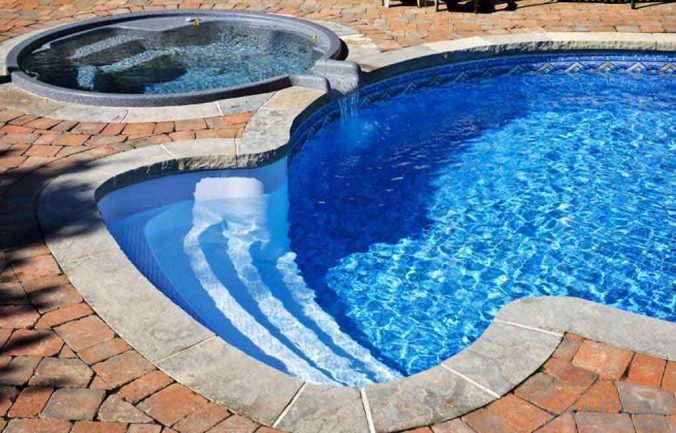Bali pools often suffer from too much rain in the wet season and they can tend to turn green from garden run-off. No one wants to see their pool spoiled by algae growth, even though in itself it is not dangerous to health. The danger lies in it becoming a host to other bacteria such as e.coli. Getting treatment done promptly is the best way to remove algae, but sometimes you don’t even know it’s there until it has become a really bad infestation. Using an automatic pool cleaner is helpful in keeping your pool algae free.
It is essential to learn how to recognise algae in the pool before it gets so bad that you have to drain all the water out. Here is what to look for when checking for algae.
- Green algae – the water may look a bit cloudy or opaque, but within hours it can turn green. Suspect green algae if you even just feel the pool edges are slippery, especially where the water doesn’t circulate much.
- Yellow algae – also known as mustard algae, will start off with small clusters of powdery looking stuff on the edges of the pool, especially in shady areas. Look behind the slide or pool ladders. While it grows more slowly than green algae, the spores are small enough to pass through the filter and return to the pool, making it more difficult to remove. It’s essential to deal with it properly the first time round or it will come back and be not only resistant to chlorine, but have the ability to destroy the levels of chlorine in the pool.
- Pink algae protects itself with slime, just like green algae, but it’s pink instead of green. It is actually a fungus rather than an algae, but it has many of the same properties as algae and the treatment is similar. You might see small spots of red or pink around the walls or in shady areas such as behind the ladder. You may also seen pinkish slime floating in the water.
- Black algae is the worst of the lot so keep a good look out for it. The first signs are small spots of black or dark bluish-green anywhere on the walls or floor of the pool. Black algae must be treated immediately it is noticed because the roots invade the underlying concrete, growing through porous seams. Once this happens, no matter how aggressively you treat the top growth, it will always return, because the roots remain in place. In fact, once you see those first little spots the roots are already established. That’s why sometimes the only way forward is an acid wash or resurfacing the pool.
While a pool is fun, it’s also a big responsibility to maintain. But if you maintain it correctly all the time algae infections of any kind are much less likely.





